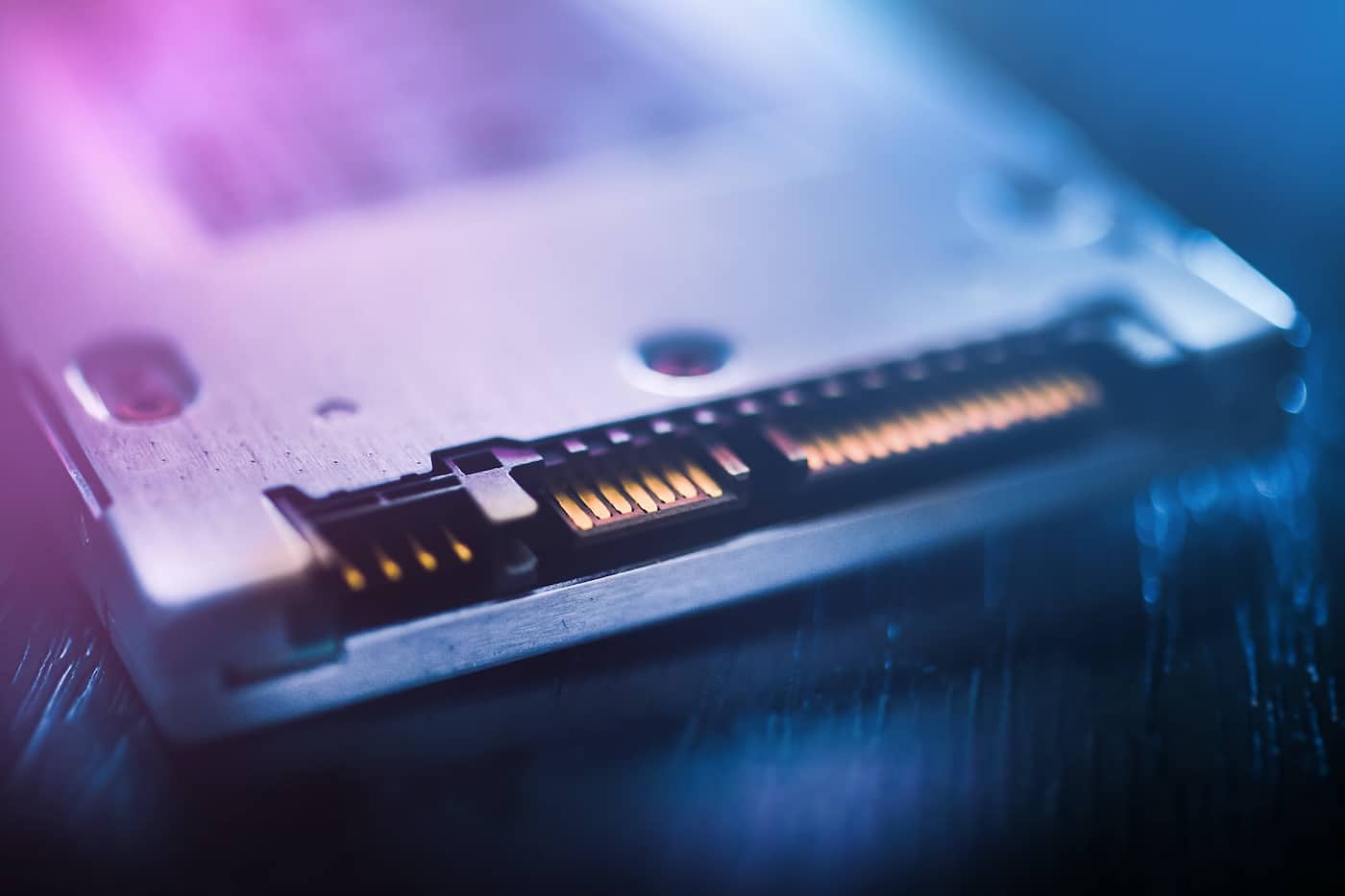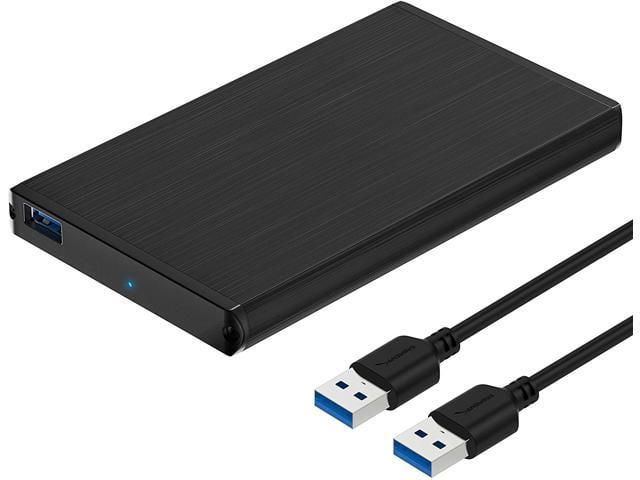Pablo
New member
I have been thinking about keeping my full workflow in an 1tb external ssd instead of my internal hard drive to reduce clutter in my computer. My question is how fast does the drive have to be to transfer my edits? is the Samsung x5 2gb/s read/write speed good or can I get away with 1000 mb/s speeds?




